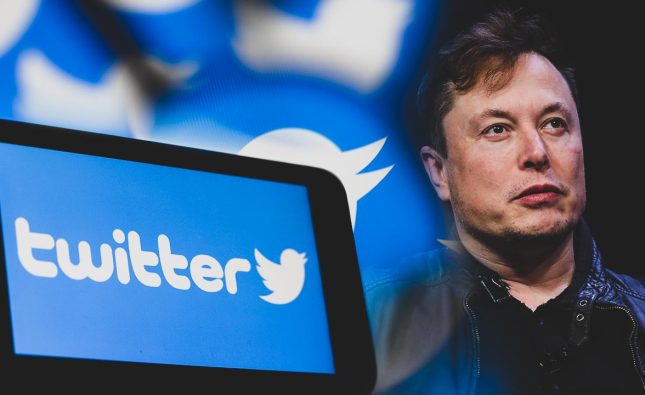
Get ready for the next frontier in technology that will revolutionize our lives – 5G! However, it’s not just a race to rolout this new network, but rather an intense competition between two superpowers. In one corner, we have China with its ambitious plans to dominate the world of tech and telecommunications. And in the other corner is the US, determined to protect its technological supremacy through measures like trade restrictions against Huawei. Who will come out on top? This blog post explores how these two countries are competing for global dominance in the 5G arms race.
What is 5G?
The next generation of mobile networks, 5G, is the latest battleground in the ongoing tech Cold War between China and the United States. 5G promises much faster data speeds and lower latency, which could enable a new wave of innovations in sectors like driverless cars, telemedicine, and the Internet of Things.
China has been aggressively investing in 5G technology, and its companies have been at the forefront of developing global standards for the new network. But the US has raised concerns that Chinese firms may be using 5G to spy on other countries or to support Beijing’s ambitious plans for technological dominance.
Washington has barred Chinese telecom giant Huawei from doing business in the US, and it is pressuring other countries to follow suit. The Trump administration is also investing billions of dollars to develop its own 5G infrastructure.
The race to dominate 5G is just one part of a larger struggle for global supremacy between China and the US. The two countries are also locked in an intense competition for artificial intelligence (AI), quantum computing, and other cutting-edge technologies.
What are the benefits of 5G?
In a world where we are increasingly reliant on technology, the benefits of 5G are vast. For businesses, 5G means faster data speeds and lower latency, which opens up new opportunities for how they operate. For consumers, 5G means higher speeds for downloading and streaming content, as well as better connections for gaming and virtual reality.
5G also has the potential to change the way we live and work. For example, connected cars and smart cities are being made possible by 5G technology. This could lead to a future where we can work remotely from anywhere in the world, as long as there is a good 5G connection.
The benefits of 5G are clear, but the question remains – who will dominate the 5G market? Currently, China and the US are in a race to be the global leaders in 5G technology. While China has made significant progress in recent years, the US is still ahead in terms of patents, infrastructure, and investment.
Only time will tell who will come out on top in the G Arms Race, but one thing is for sure – 5G is set to revolutionize the way we live and work.
Who are the leading countries in 5G development?
The race to develop 5G technology is heating up, with China and the United States vying for supremacy. Here’s a look at the leading countries in 5G development:
China: China is making significant investments in 5G research and development, and has already built extensive test networks in major cities. Chinese telecom companies are also rolling out 5G services in select areas.
United States: The US is lagging behind China in terms of 5G development, but is making up ground quickly. Major US telecom companies have launched 5G services in select markets, and the government is investing heavily in 5G infrastructure.
Japan: Japan is another key player in the 5G space, with major telecom firms such as NTT DoCoMo rolling out 5G services. Japanese tech giants such as Sony are also working on 5G technologies.
South Korea: South Korea is another hotspot for 5G activity, with all three major telecom firms offering commercial 5G services. Seoul is also home to a number of world-class5G research facilities.
What are the challenges of 5G development?
One of the key challenges in developing 5G technology is creating a infrastructure that can support the high speeds and low latency required for advanced applications such as autonomous vehicles and virtual reality. This infrastructure is expensive to build, and requires significant coordination between different stakeholders.
Another challenge is developing standards for 5G technology. Because 5G is still in its early stages, there are no agreed-upon standards for how it should be implemented. This lack of standards could lead to incompatible 5G networks being built in different parts of the world, which would limit the global reach of this new technology.
security is also a key concern with 5G. The higher speeds and lower latencies of 5G will enable new types of attacks that are difficult to defend against. For example, one type of attack known as a “denial of service” attack could overload a 5G network with traffic, causing it to crash. As 5G technology is developed further, it will be important to address these security concerns to ensure that this new generation of mobile networks can be used safely by everyone.
Conclusion
It is clear that the 5G arms race between China and the United States will continue to be a contentious issue for years to come. As the two countries strive for technological dominance, it’s important to remember that this competition should not lead us toward an atmosphere of hostility or mistrust. We must ensure that all sides are able to benefit from these advances in technology without jeopardizing our global security or economic stability. Together, we can build an open and secure digital future where everyone has access to safe, fast communications networks regardless of their location on Earth.










